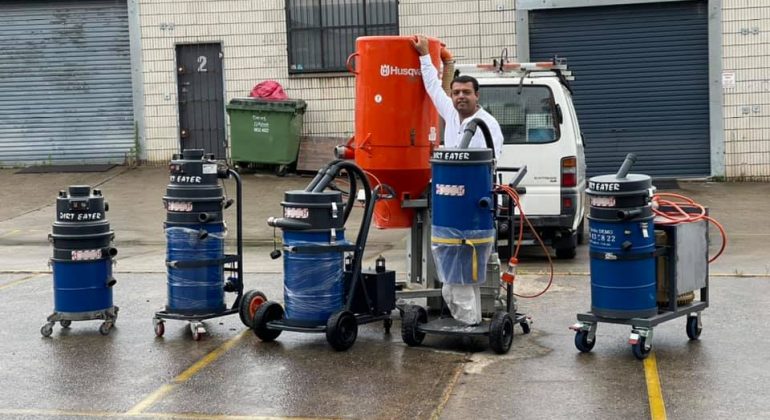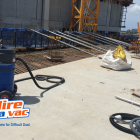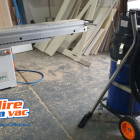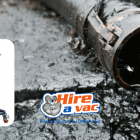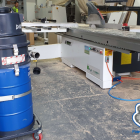Hire Industrial vacuum cleaners are essential machines for cleaning and maintaining commercial and industrial facilities. These machines work differently than traditional vacuum cleaners. They are designed to handle larger spaces, heavier debris, and tougher cleaning tasks. In this article, we will explain how an industrial vacuum cleaner works and why it is different from a traditional vacuum cleaner.
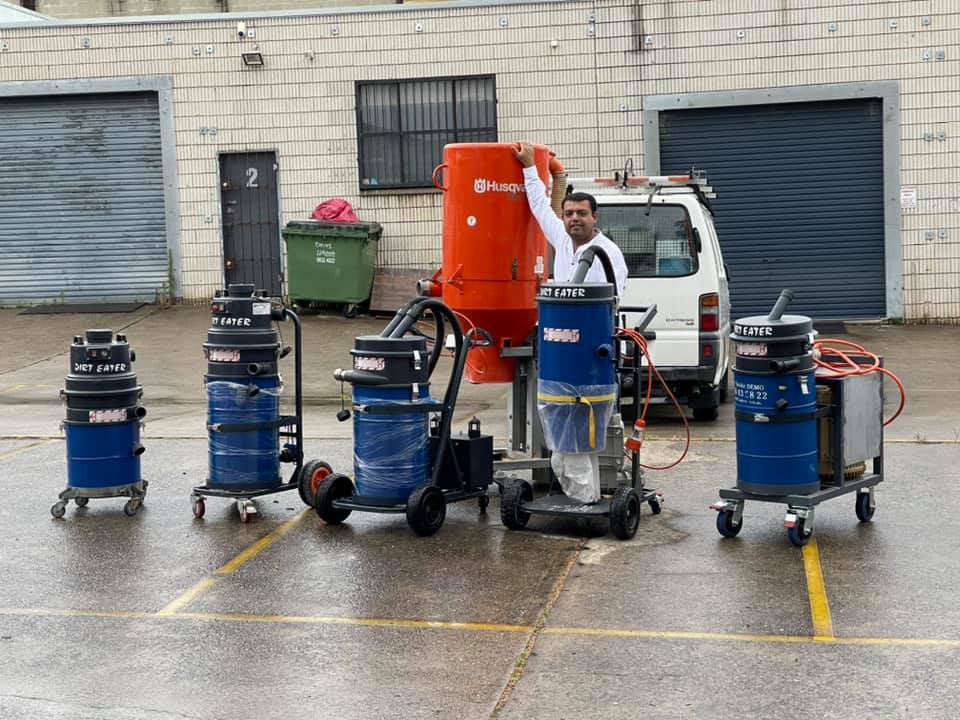
Overview of Industrial Vacuum Cleaners
An industrial vacuum cleaner is a high-powered machine that is designed to collect debris from large surfaces such as industrial floors, commercial carpets, and hard-to-reach areas. Unlike a traditional vacuum cleaner, an industrial vacuum cleaner is equipped with a powerful motor, larger filters, and larger dust bags or containers. Industrial vacuum cleaners are used in manufacturing plants, warehouses, hotels, hospitals, schools, and other large facilities.
How an Industrial Vacuum Cleaner Works
An industrial vacuum cleaner works by creating suction that lifts dirt, debris, and other materials off the floor and into the vacuum cleaner. The suction is created by a motor that powers a fan or impeller. The fan or impeller pulls air through the vacuum cleaner and creates a vacuum that sucks in debris.
The suction is created by a motor that powers a fan or impeller. The fan or impeller pulls air through the vacuum cleaner and creates a vacuum that sucks in debris.
Read More How to Control Dust at a Construction Site
Industrial vacuum cleaners can use different types of filters to separate debris from the air. Some of the most common filters include HEPA filters, which can capture 99.97% of particles as small as 0.3 microns, and cyclonic filters, which use centrifugal force to separate debris from the air.
The collected debris is stored in a dust bag or container, which is usually much larger than those found on traditional vacuum cleaners. This allows an industrial vacuum cleaner to handle larger volumes of debris without needing to be emptied as frequently.
Types of Industrial Vacuum Cleaners
There are different types of industrial vacuum cleaners available, each designed for specific applications. Here are some of the most common types:
- Portable Industrial Vacuum Cleaners: These machines are designed for mobility and are typically equipped with wheels or casters. They are ideal for cleaning large areas or hard-to-reach spaces.
- Central Industrial Vacuum Systems: These systems are installed permanently in a facility and are connected to a network of pipes and hoses. They are designed to handle large volumes of debris and can be used in multiple areas of a facility simultaneously.
- Explosion-Proof Industrial Vacuum Cleaners: These machines are designed for use in hazardous environments, such as areas where flammable materials are present. They are constructed with materials that can withstand explosions or fires.
Benefits of Using an Industrial Vacuum Cleaner
There are several benefits to using an industrial vacuum cleaner, including:
- Increased Efficiency: Industrial vacuum cleaners are designed to handle larger volumes of debris, which means they can clean a large area more quickly than a traditional vacuum cleaner.
- Improved Air Quality: Industrial vacuum cleaners are equipped with high-efficiency filters that capture dust and other particles, improving the air quality in a facility.
- Reduced Maintenance Costs: Industrial vacuum cleaners are designed to withstand heavy use, which means they require less maintenance than traditional vacuum cleaners.
Conclusion
In conclusion, an industrial vacuum cleaner is a high-powered machine that is designed to handle tough cleaning tasks in commercial and industrial facilities. These machines work by creating suction that lifts debris off the floor and into the vacuum cleaner. They are equipped with larger filters and dust bags or containers, allowing them to handle larger volumes of debris. By using an industrial vacuum cleaner, facilities can improve efficiency, and air quality, and reduce maintenance cost

